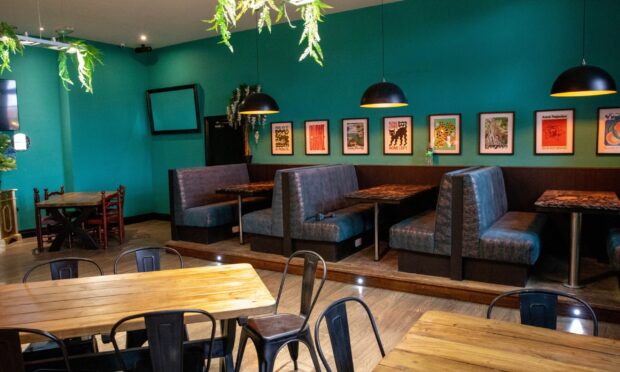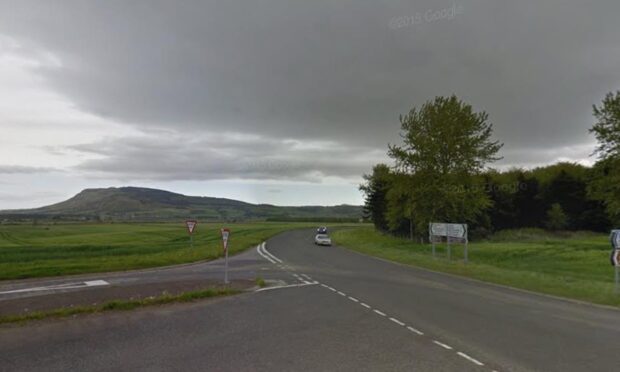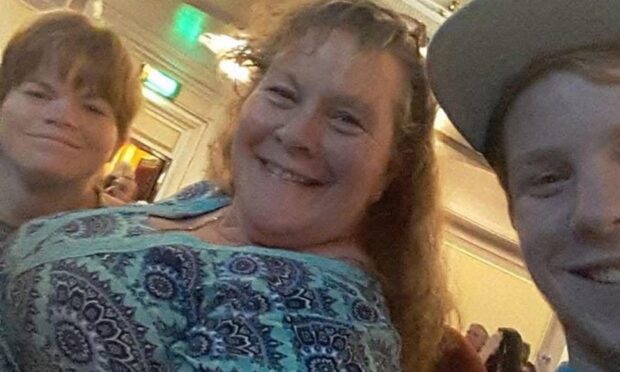A Fife MSP has highlighted a “simply unacceptable” gender gap in those chosen to lead the region’s secondary schools.
Jenny Gilruth, MSP for Mid Fife and Glenrothes, has called on Fife Council to address the fact that there are currently only three women in headteacher roles across the kingdom’s 19 high schools – far fewer, in percentage terms, than the national average.
The local authority has denied any gender bias, however, stressing that roles are given to the “right candidate for the job”.
Ms Gilruth, herself a former modern studies teacher, said: “From my experience as a principal teacher, there are a huge number of talented women in Scottish education who have the potential to lead at all levels of our education system.
“It is simply unacceptable in 2016 that there are a number of secondary schools in Fife who have never had a female headteacher.
“Fife Council need to think carefully about what kind of a message that sends to aspiring female leaders – and, crucially, in terms of the attainment gap, what kind of message that sends to female pupils across the Kingdom.”
As of September 2015, just 16% of all Fife secondary headteachers were female, in comparison to 40% nationally.
The national position has markedly improved, with the percentage of female principal teachers up from 48% to 61%, female deputy headteachers up from 36 to 54%, and female headteachers are up from 18% to 40% across the country.
But while Ms Gilruth said that was “encouraging”, she added: “If we are to have an education system which truly seeks to close the attainment gap and to raise ambition and expectation then I believe that Fife Council need to look at why it is the case that so few women reach the ‘top’ across the Kingdom’s schools – most notably in our secondary sector.
“I have previously raised issues regarding Fife Council’s generic teaching application process in the chamber.
“It’s clear that we need to attract talent to the Kingdom, to secure the best teachers who will help to close the attainment gap.”
Shelagh McLean, Fife’s interim executive director of education and children’s services, said she was confident there is no gender bias and would be happy to discuss the matter further.
She added: “In Fife we are rigorous in ensuring we appoint the right candidate for the job, whether that is to the post of teacher, principal teacher, deputy headteacher or headteacher, and our selection process is robust.
“The “generic” process referred to has proved to be extremely effective in securing the best candidates for Fife and in providing consistency across our recruitment process.
“It is correct that in Fife we have three female secondary heads at the moment, but it is equally important to point out that in the last four years, of the seven vacant secondary headteacher posts, three of the successful candidates are female.
“This means that in recent years Fife is in line with the national average in having 40% of female appointments.
“Additionally, during the last few years we have appointed a significant number of women to our deputy headteacher and principal teacher positions.
“As these postholders are our future leaders we would anticipate that the proportion of female headteachers will continue to increase as these managers progress in their careers.
“It is equally important to point out that within the management team of the Fife Council education service female postholders are the majority.”










